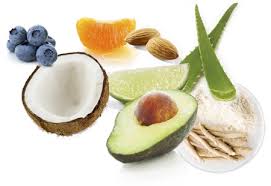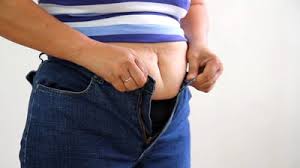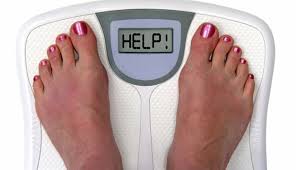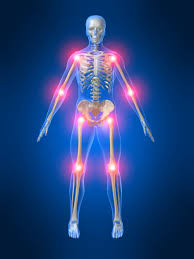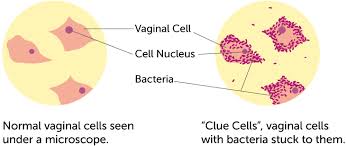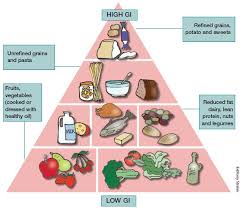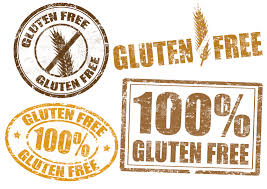Anyone who suffers with arthritis knows pain management is important. Without it, you may be unable to function from day-to-day. Unfortunately, many home remedies and over-the-counter medications require money.
Although there are, many products available and you can purchase a bottle of pain medication for a few dollars, that may be money you just don’t have to spare and with long term use the cost can add up fast. So, what should you do, just live with the pain? No, there are many ways to seek arthritis pain relief and many are free!
– Regular exercise
Right about now you may be thinking exercise isn’t possible. After all, your joints are in pain. However, the majority of physicians recommend regular exercise for arthritis relief. Yes, this is true. Exercise can help and should be incorporated it your daily routine, not just those suffering from arthritis.
When it comes to arthritis, exercise does wonders for the body. It assists with weight loss and promotes healthy freedom of movement. This movement strengthens the muscles surrounding the joints, which provides extra protection and reinforcement.
While exercise is necessary, it isn’t always free. If you’re on a budget, wisely plan your workouts. Instead of opting for a gym membership so you can use the treadmill, walk around your neighborhood or inside a shopping center. There are also excellent walking videos that you can use in the comfort of your own home, like Walk Away the Pounds and don’t forget to search YouTube for free Power Walk options.
Here is a website dedicated to walking from home:
http://www.walkathome.com/
Instead of signing up for an aerobics class, turn on some music in your home and move around. Something as simple as stretching your fingers daily can provide long-term pain relief.
Although this exercise may be painful at first, it will get easier overtime. Remember any type of movement will reduce joint stiffness. This should not only provide pain relief, but it lessens the risk of additional complications. For, individuals with arthritis who don’t learn the little or no treatment later find themselves dealing with severe stiffness, the inability to move, and deformities. Combine diet and exercise to lose weight.
Right about now, you may be thinking dieting isn’t free either. In reality it is. You already buy food and drinks. You need these to survive. Carefully choose your foods. Eliminate those high in fat and calories.
Weight loss is an easy way to lessen the pain associated with arthritis. The less weight you have pressing on the joints, the less pain you will experience. If you don’t have any weight to lose that’s good, but you still need to be aware of the importance and many health benefits of healthy eating.
Avoid applying too much pressure to the painful joints. Many suffering from severe arthritis will experience pain no matter what the activity, while others will only experience pain when trigged.
For example, individuals who have pain in their elbows should still exercise moderately but avoid lifting heavy items that can trigger a flair-up. They should also be careful to lift items properly.
Yes, it is easier to reach down and grab a box, but this can put undo strain the elbows. Instead, properly squat down and lift with your entire body. Avoiding joint pressure will not eliminate arthritis pain, but it will lessen the severity.
– Ask for help
As we have discusses before, some arthritis sufferers trigger severe pain by trying to complete tasks they shouldn’t. If you have severe arthritis in your hands, don’t spend hours trying to open a jar. Not only will you get frustrated with your inability to open it, you increase the risk of severe pain. Instead, ask for help.
Getting relief from arthritis symptoms doesn’t have to be complicated or expensive. Just make sure you try to exercise regularly, eat healthy, limit strenuous activity, and ask for help. Doing so will lessen the pain you experience, without costing you a penny.
